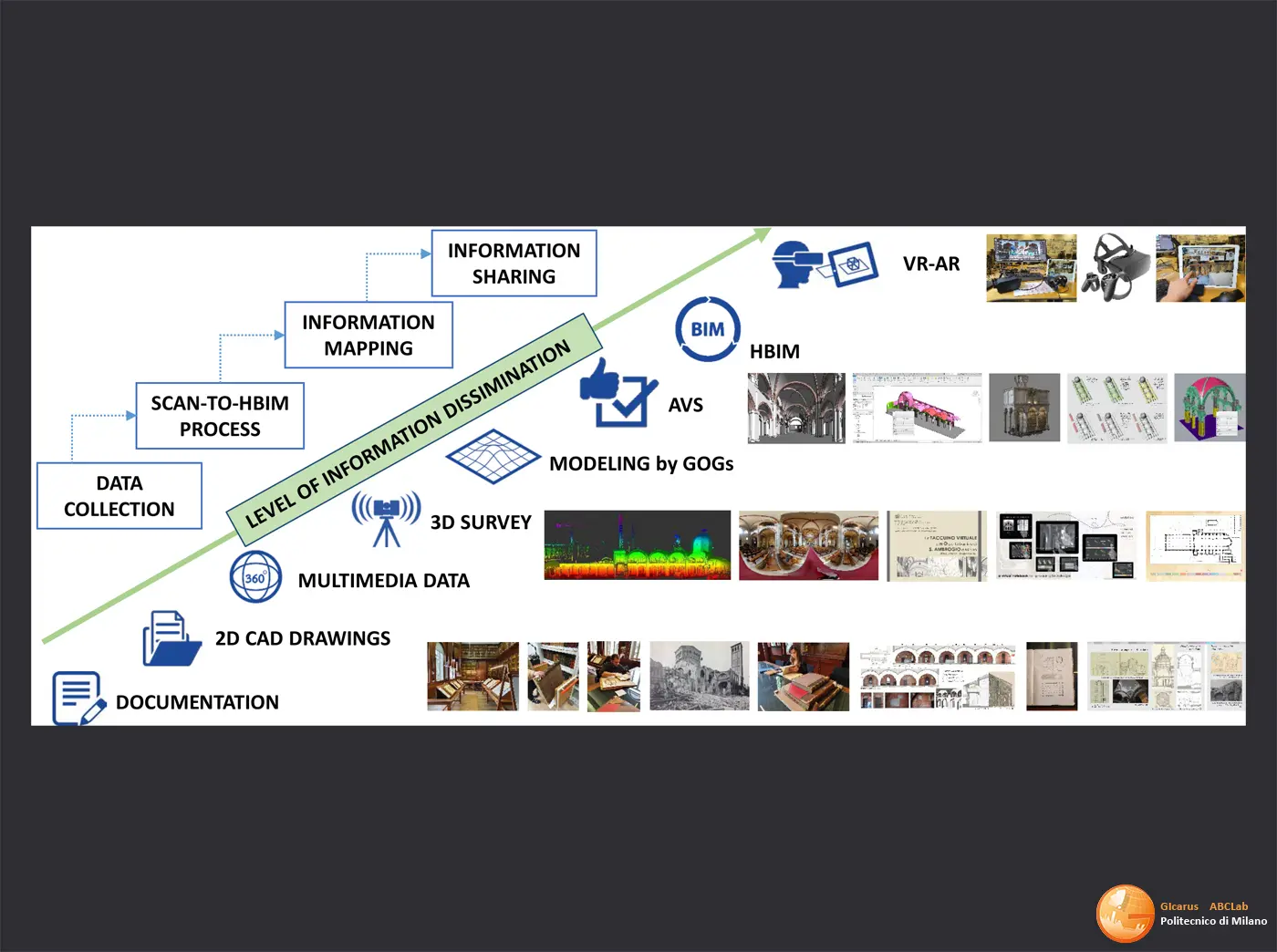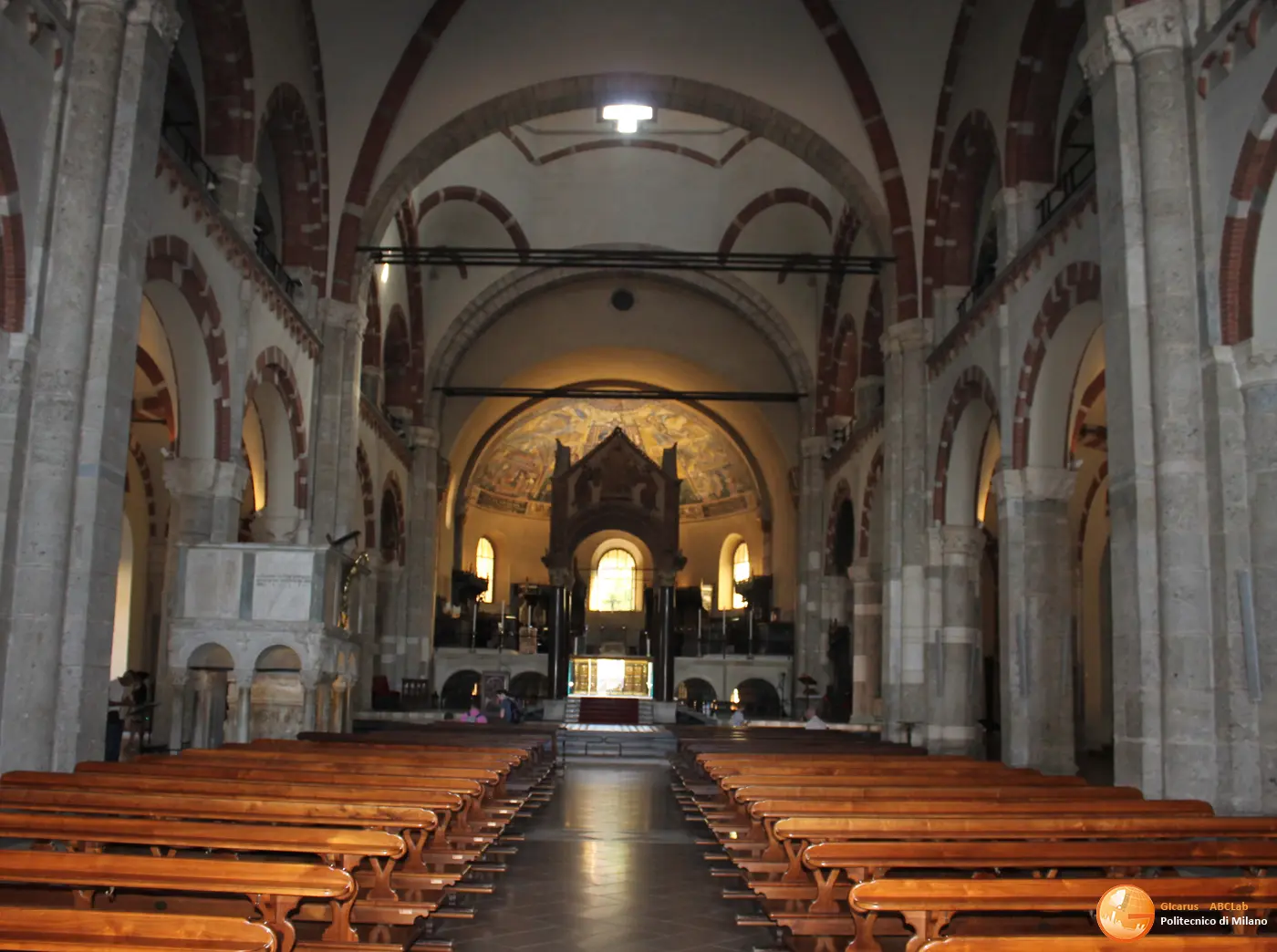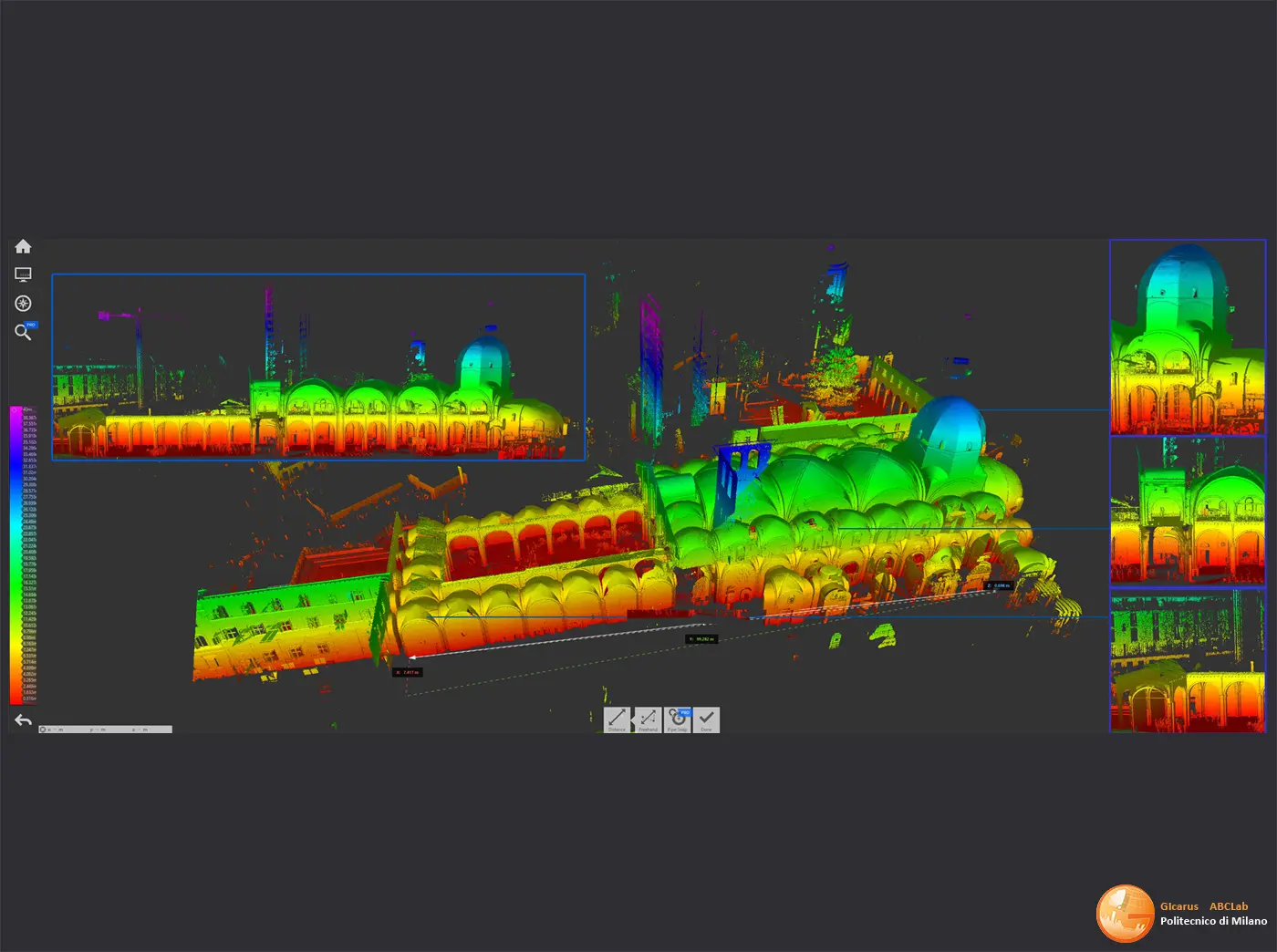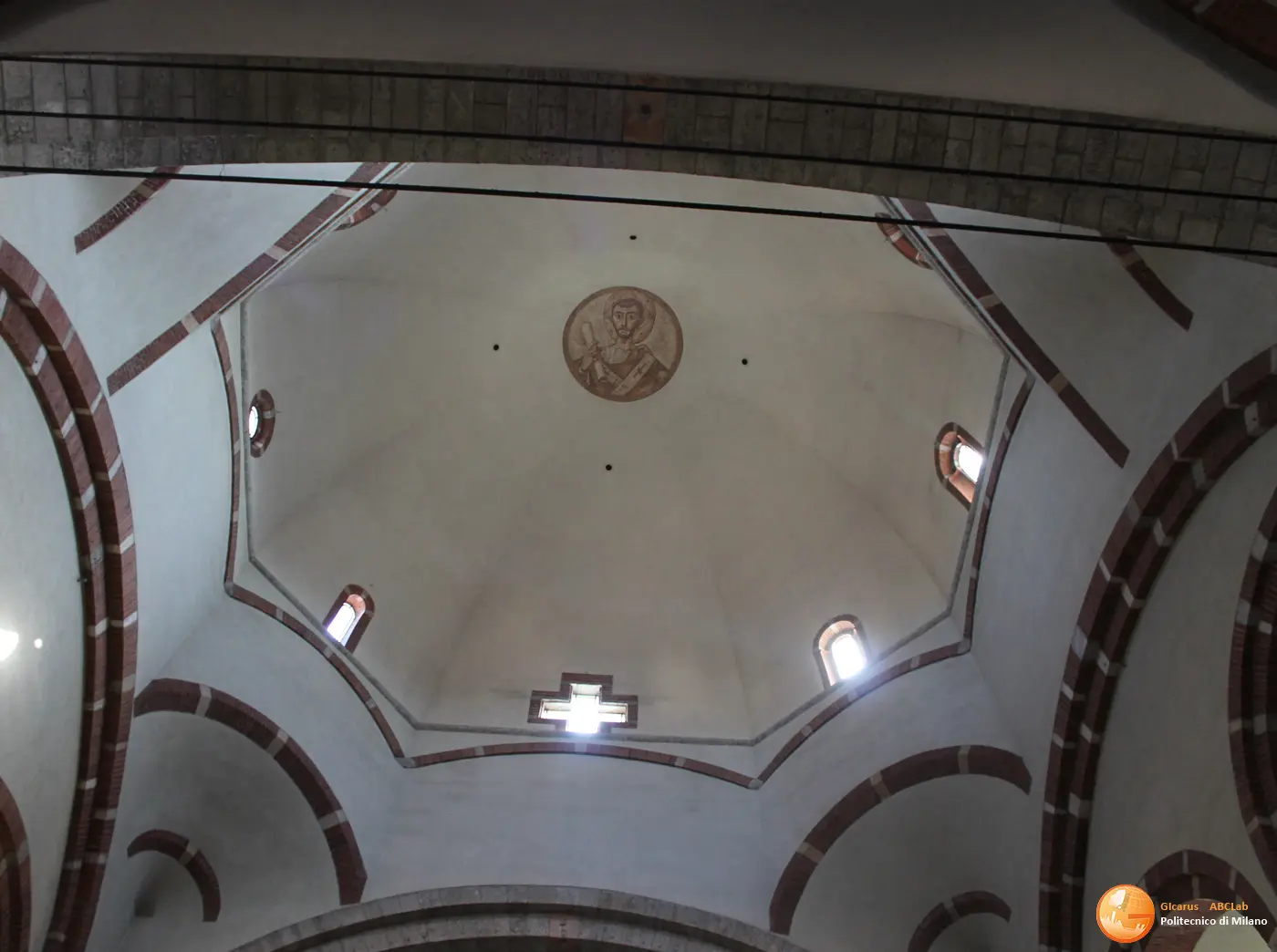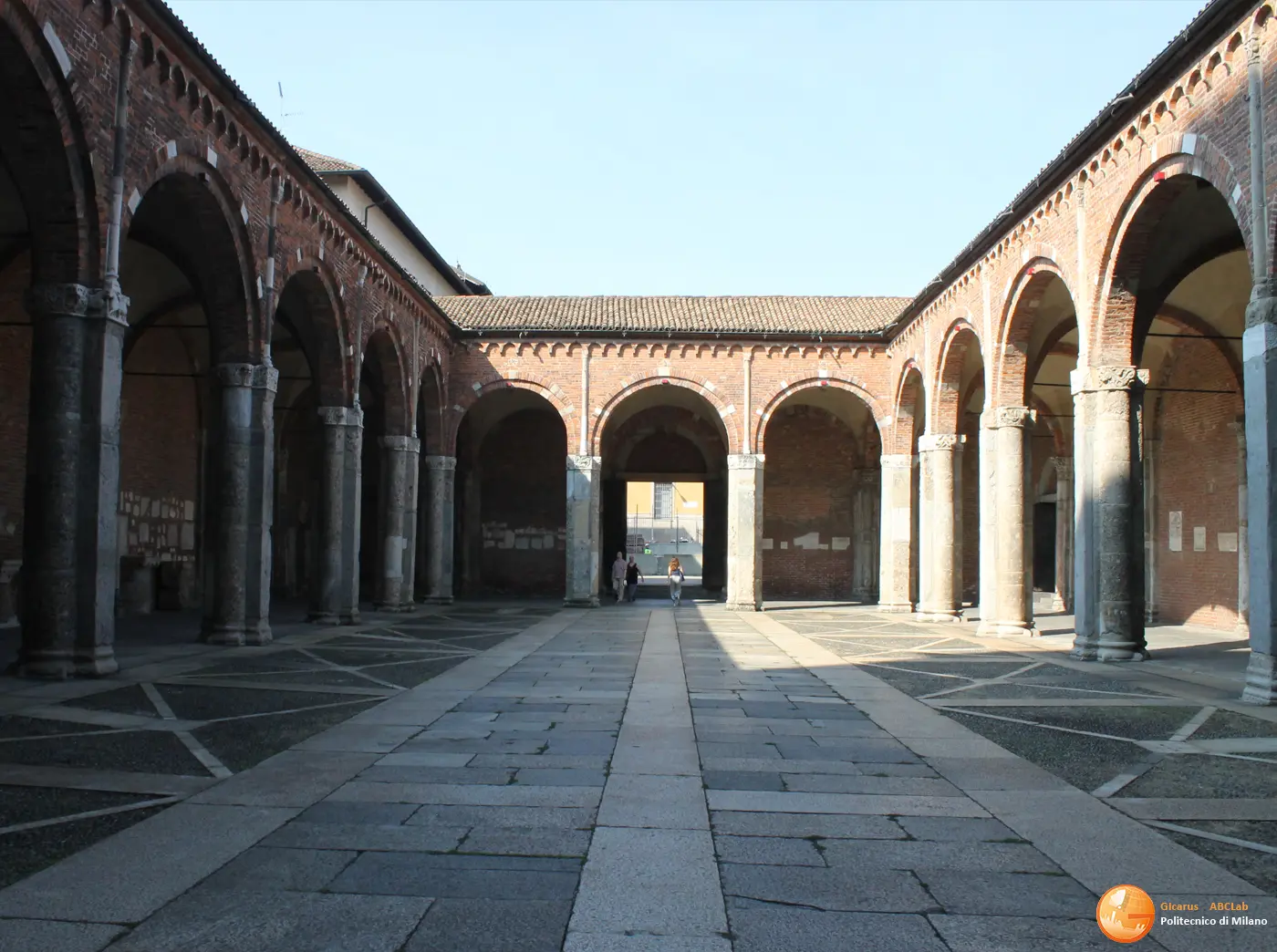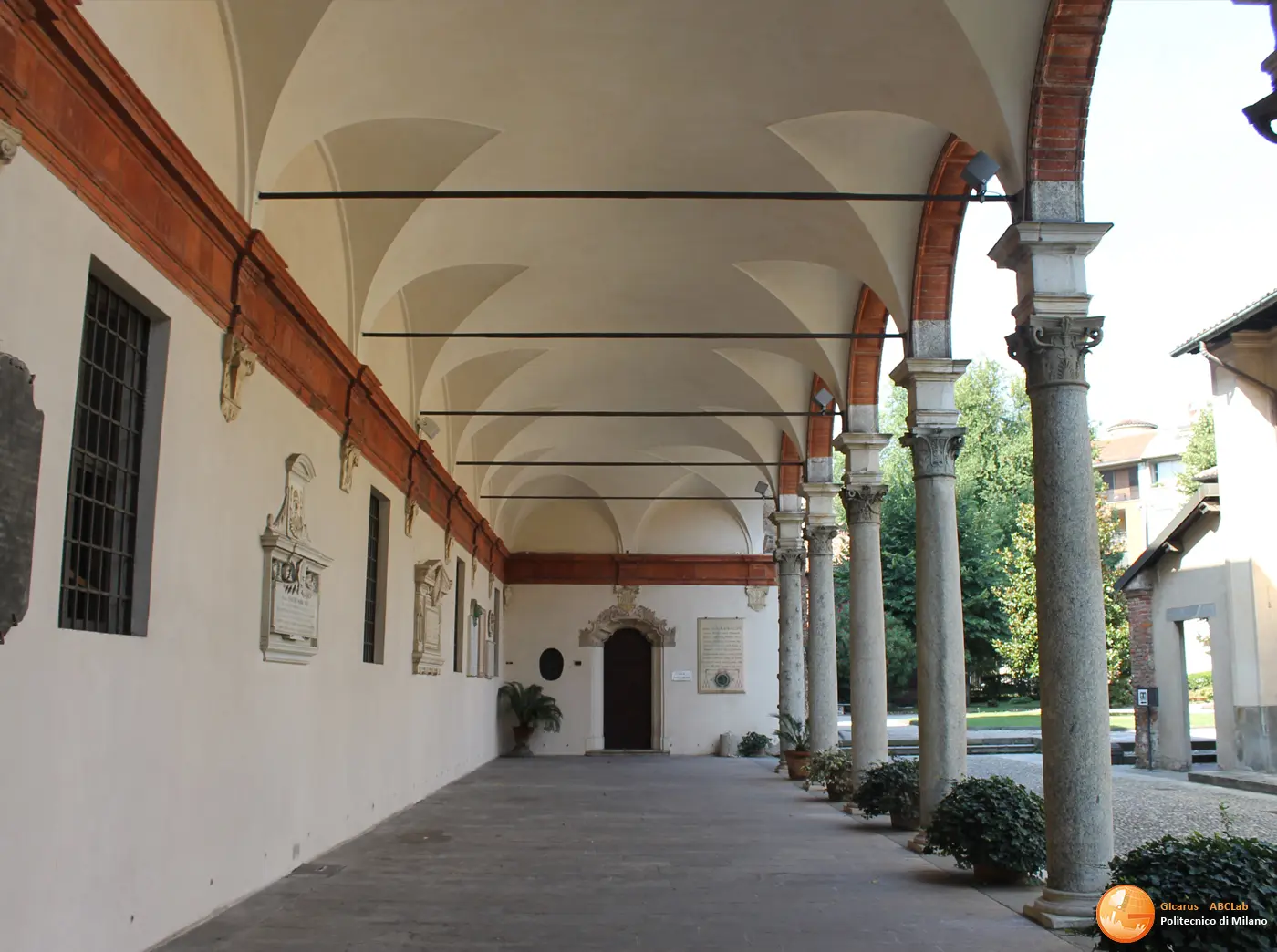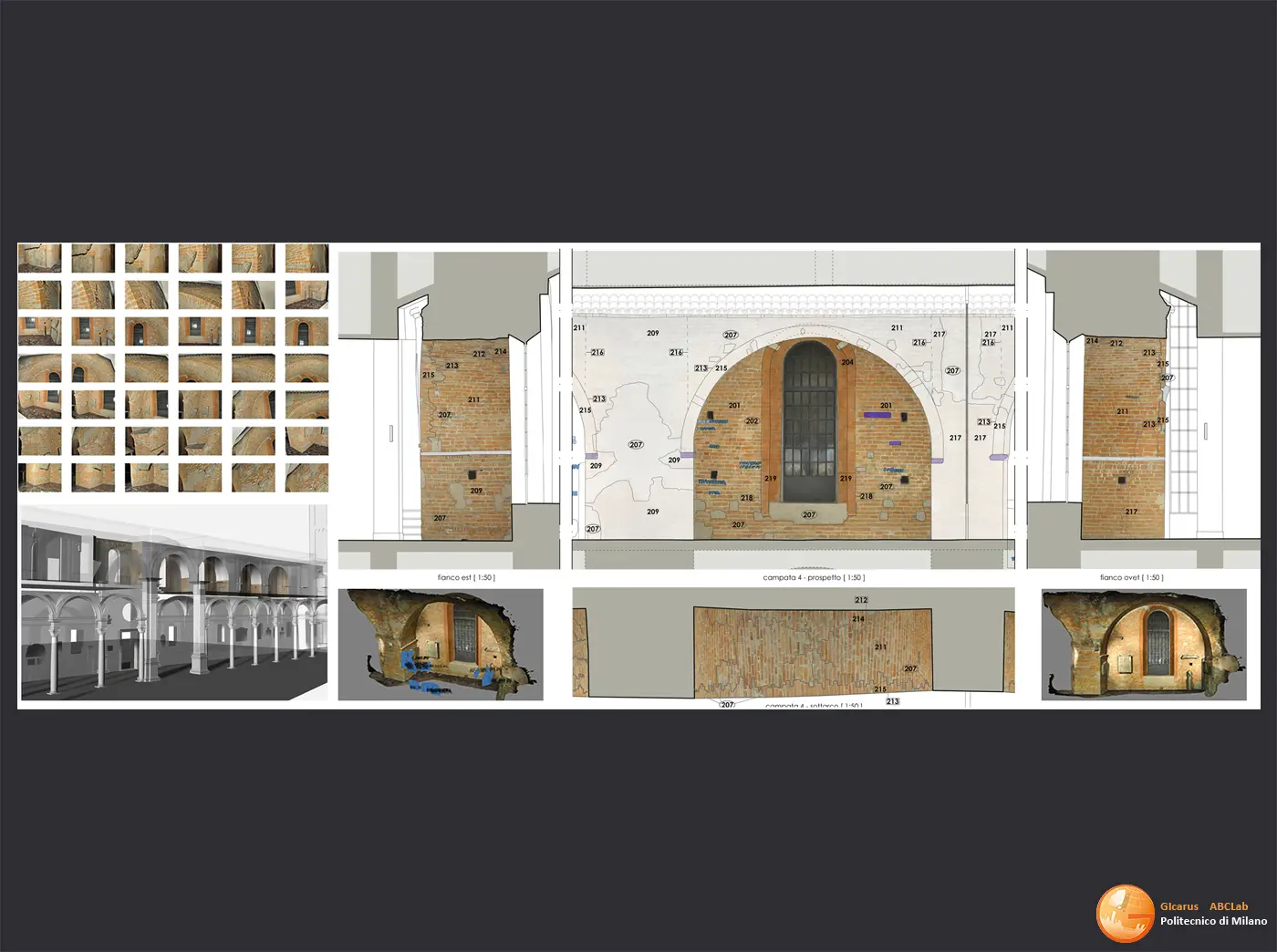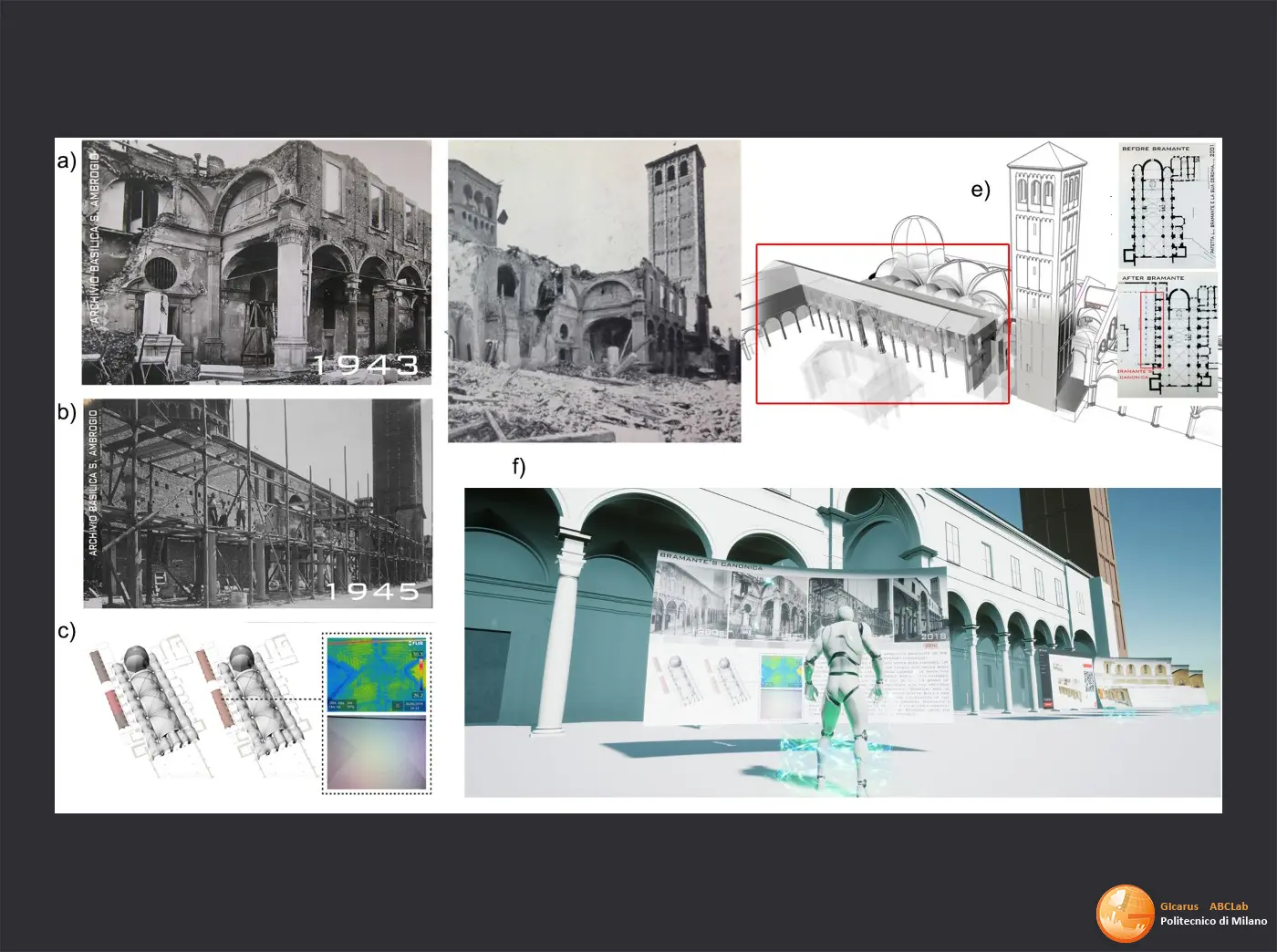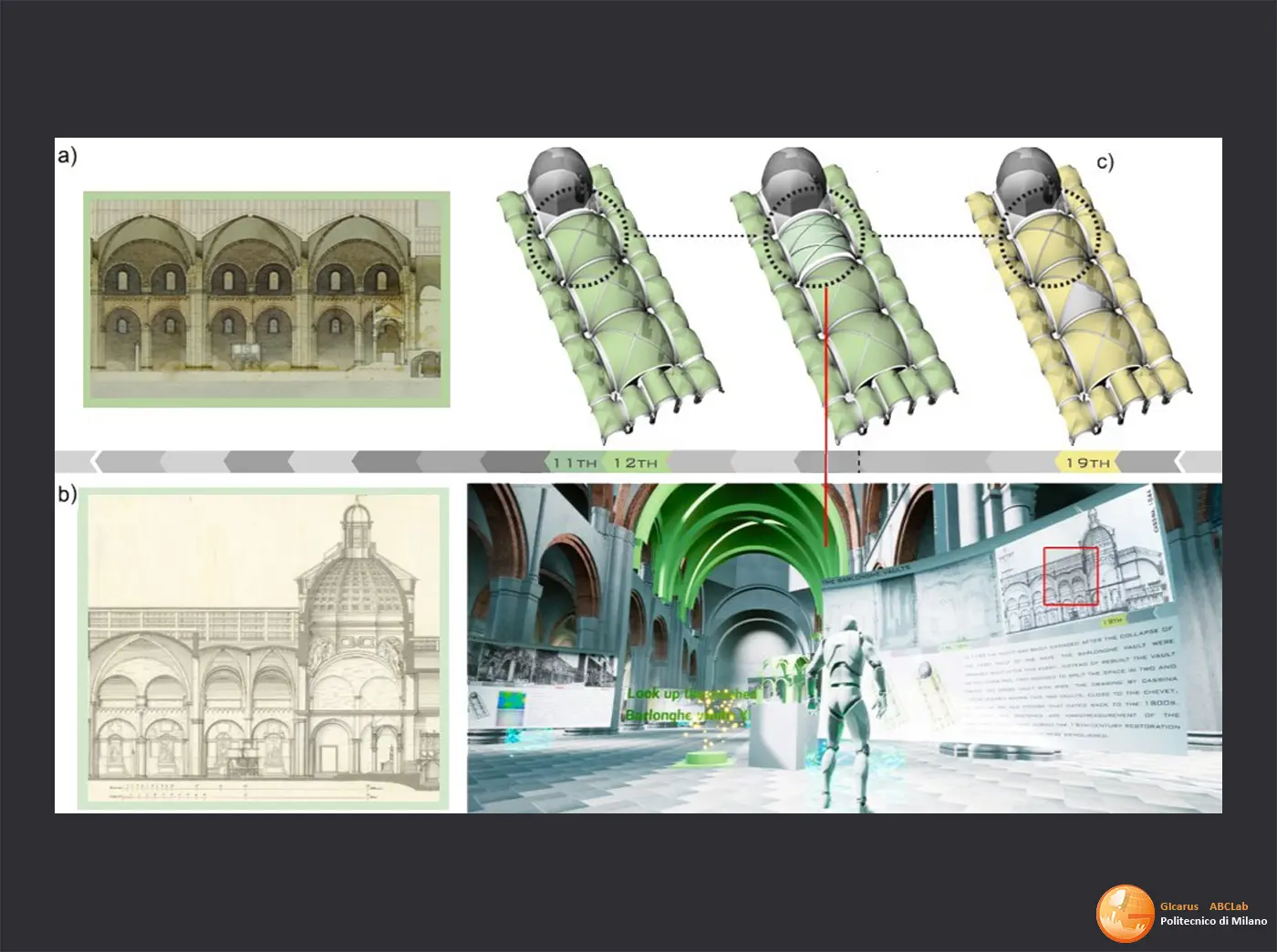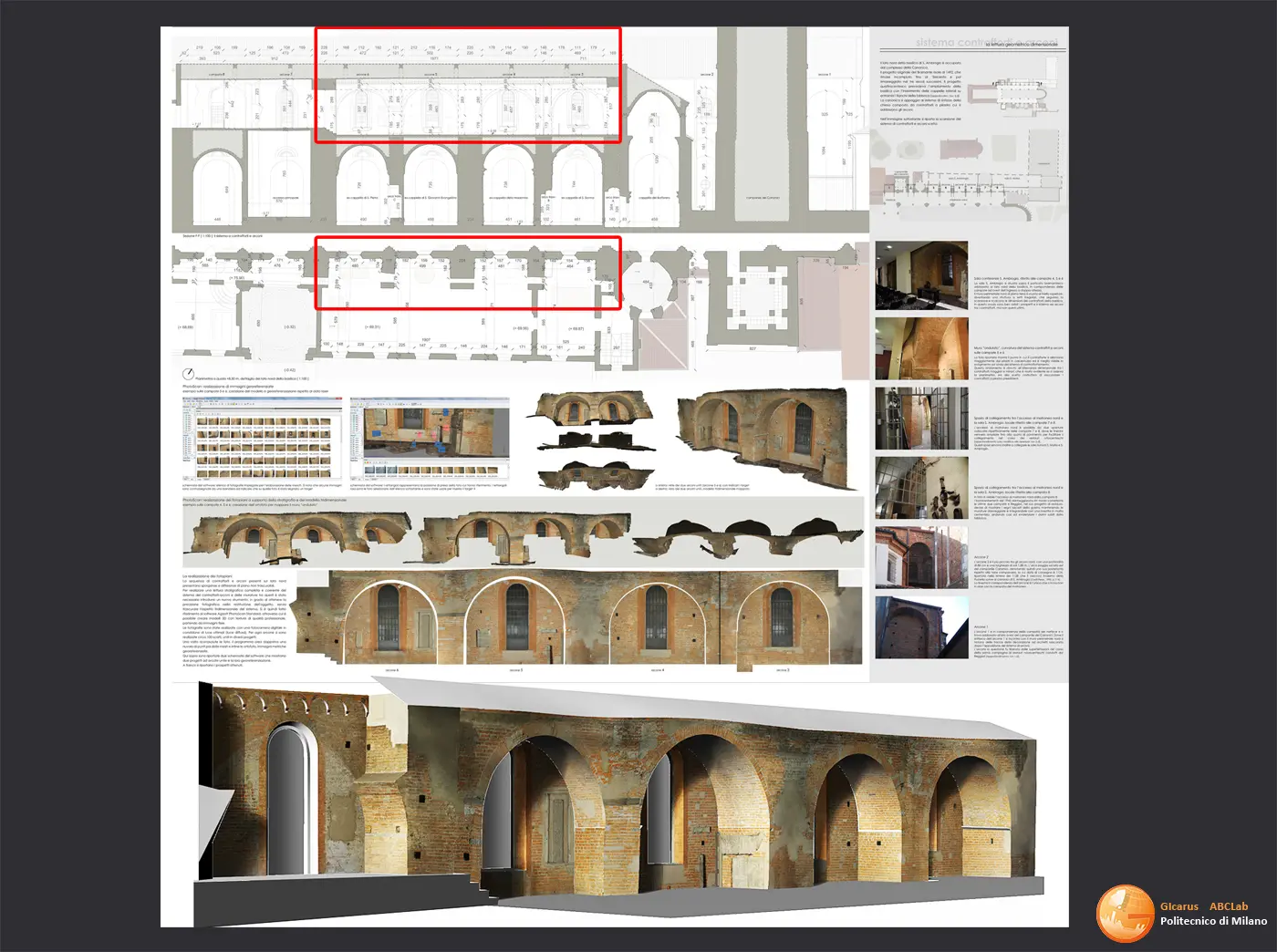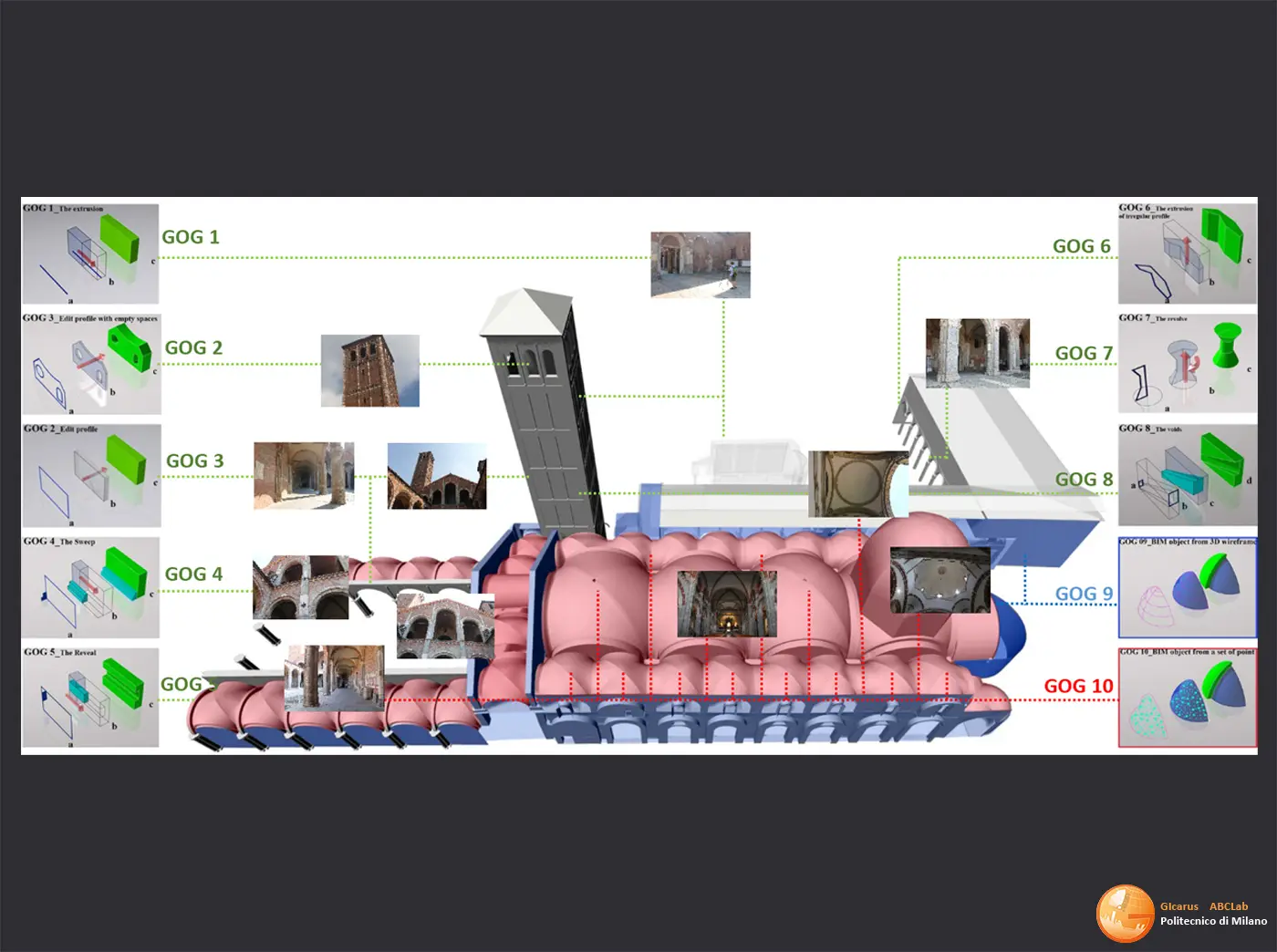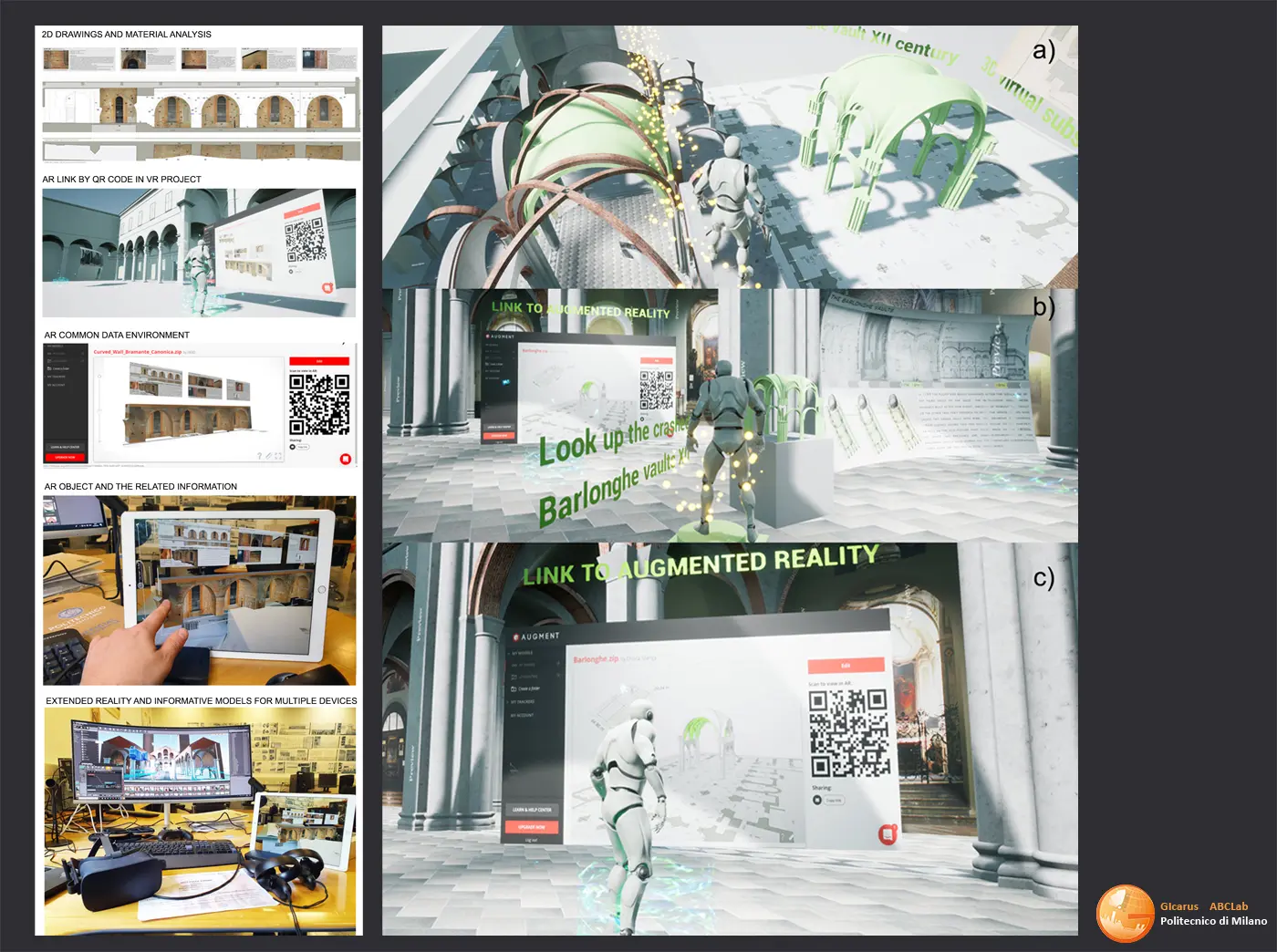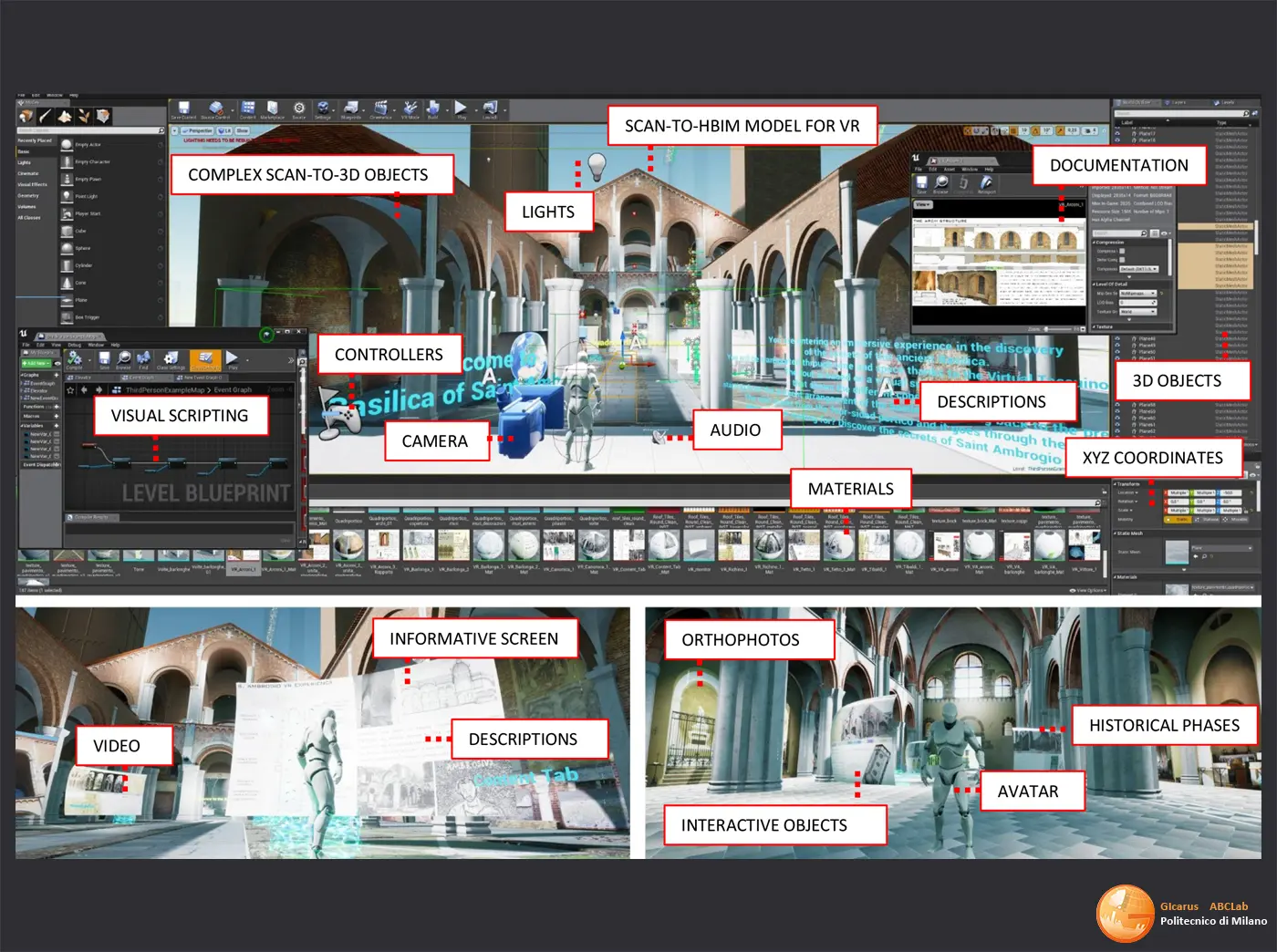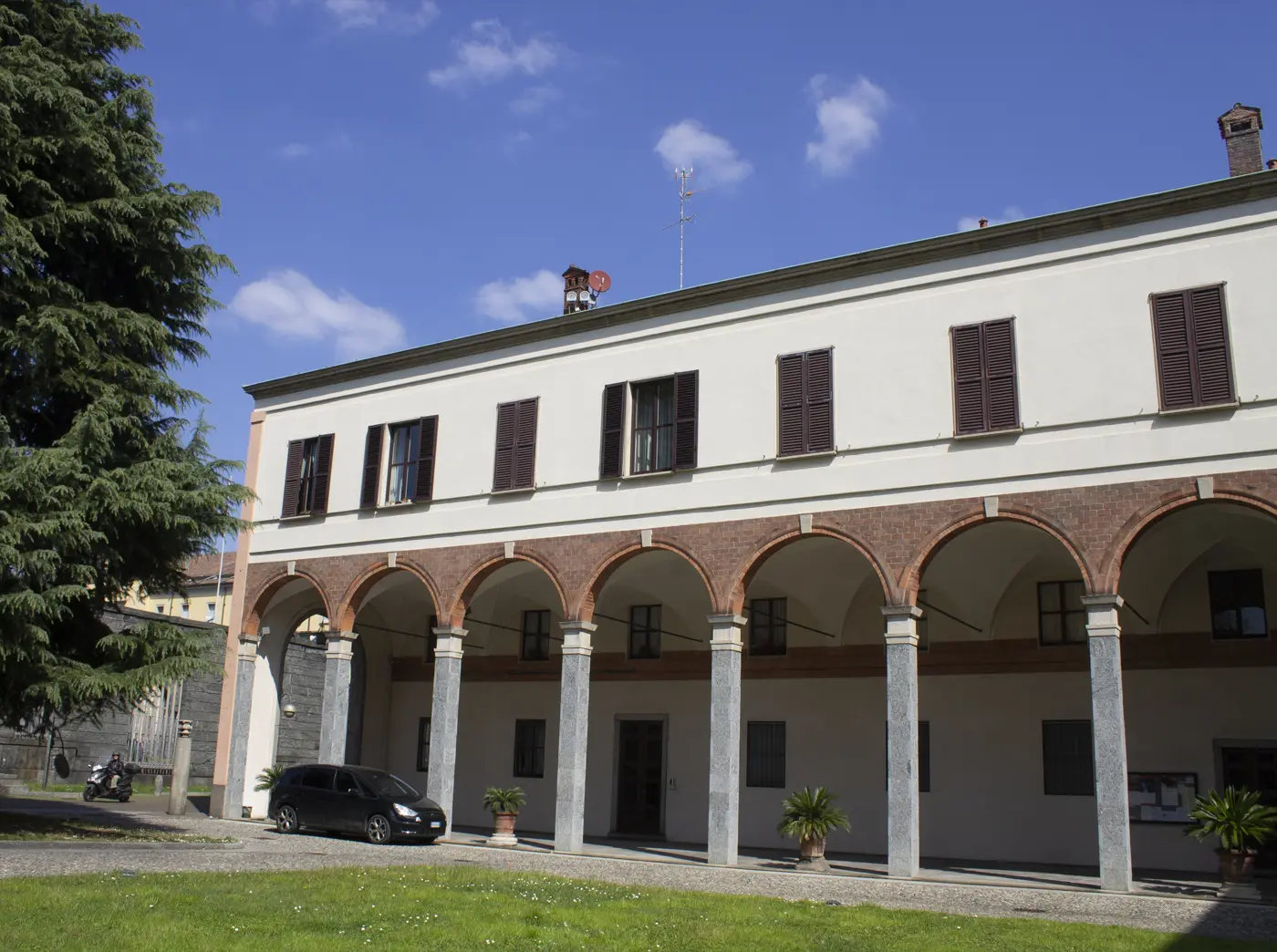Extended reality and information models for architectural heritage from the scan-to-BIM process to virtual reality - augmented and virtual notebook
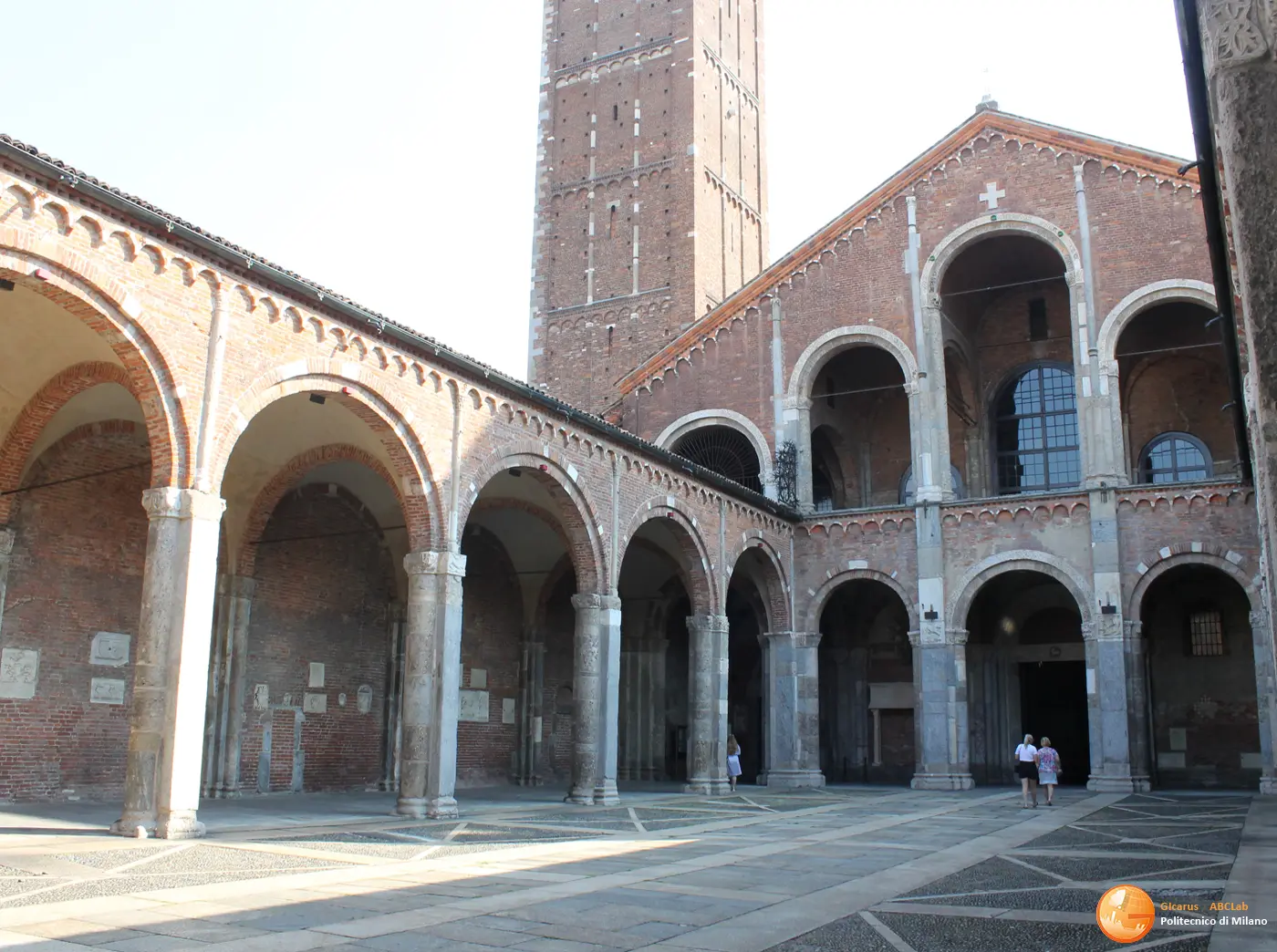
2018
Study on standards, methodologies and guidelines for 3D digitization of cultural heritage.
The diffusion of the tangible and intangible values of built heritage represents one of the most important objectives in the field of Digital Cultural Heritage (DCH). In recent years, several studies and researches applied to monuments have shown how it is possible to improve the knowledge of the architectural heritage through the integration of the latest developments in the field of 3 D survey, 3 D modeling, Building Information Modeling (BIM) and eXtended Reality (XR). On the other hand, this digital workflow requires a huge amount of data sources and a holistic approach to achieve a high level of information sharing from different disciplines and sectors such as restoration, geomatics, 3 D virtual museums and serious games. In conjunction with entertainment and gaming software, the main results obtained during the generative process of digital-oriented environments are aimed at improving the level of information and enriching the contents coming from information models. The case study is represented by one of the most important Lombard monuments: the Basilica of Sant'Ambrogio in Milan. This study, starting from the 3 D survey and data collection of historical documents of the church, improves the creation of an XR experience that reaches a new level of interactivity for different types of devices (desktop, mobile, VR headsets) and users (experts, non-experts).
Location
Sant’Ambrogio. Milano, Italia
